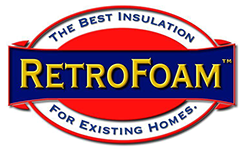Blog
Learn More About Your Insulation

By Vicki Hafler
•
14 Oct, 2019
You know it can get cold around here, but sometimes it gets cold. Remember toward the end of January 2019 and the two words that sent a chill down our area’s collective spine? Polar vortex. Not only was it “record-settingly” cold, it was that way for an extended period of time. Another polar vortex is something we don’t hope for, but it is something all of us should still prepare for. You literally don’t want to be caught in the cold at the times you need warmth the most. Do you have good protection against deep cold? Here are just a few items to consider for your home before winter gets its icy claws dug deep.
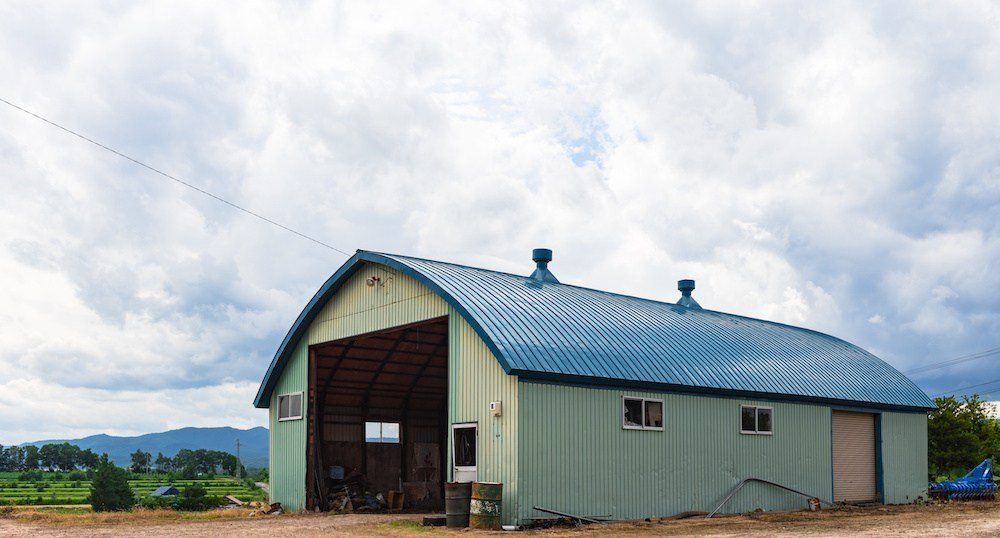
By Vicki Hafler
•
25 Aug, 2019
Post-frame constructed buildings—commonly known as pole barns—originally grew out of necessity. During the great depression, farmers needed cheaper, faster ways of constructing larger and larger barns that could accommodate new farming equipment and tools. What could be cheaper and easier than vertical beams and sheet metal? Today, pole barns are still ubiquitous for all kinds of agricultural buildings. But the post-frame construction technique is also used for garages and storage buildings, warehouses, corporate offices, stores, and even residential spaces. As the use of post-frame construction has expanded, insulating these buildings—especially against the frigid Michigan winters—has become increasingly important. This is whether the buildings are heated or not. And the best way to insulate your pole barn will vary a lot as well, based on how you use it. A simple garage to store a boat in winter? You may not think you need any insulation, although that’s generally not entirely the case. The right kind of insulation can keep out condensation and humidity that can damage your equipment and tools. A storefront, “man cave,” or workshop you plan to spend several hours working in? You’re going to need something much more heavy duty so you can keep the building comfortable (and affordable to heat and cool) year-round. In short, you’ve got options. But let’s start at the beginning.
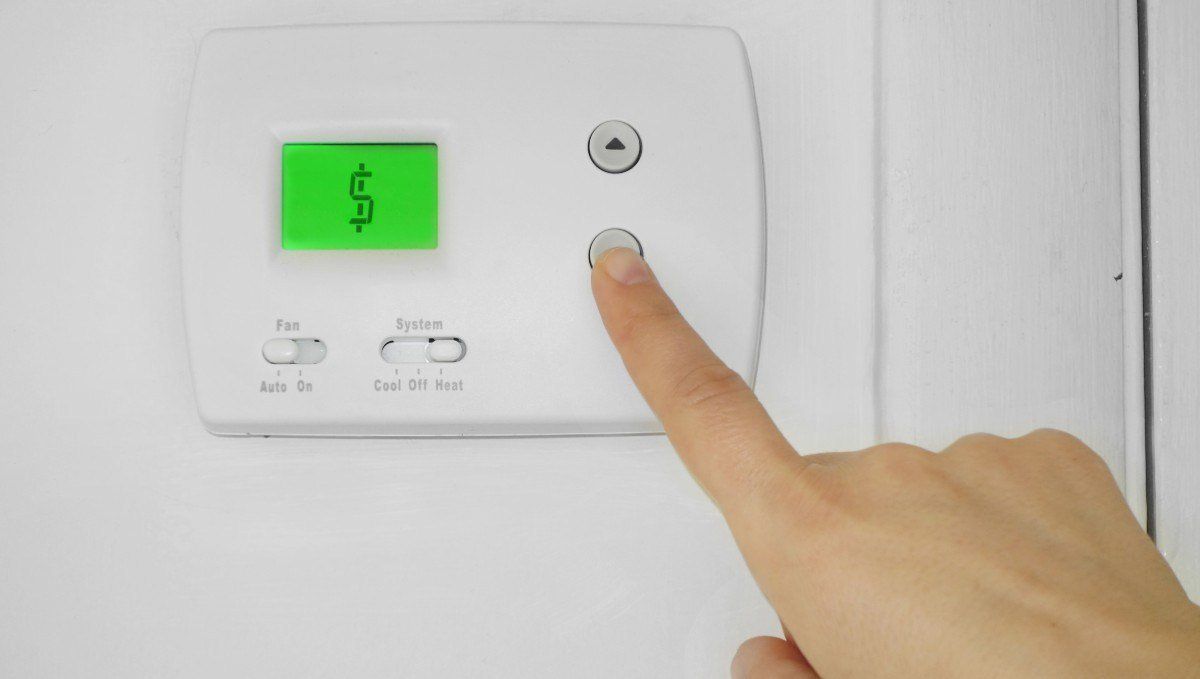
By Vicki Hafler
•
25 Aug, 2019
We hate to tell you this as much as you likely hate to hear it, but there’s no stopping the fact: colder weather is coming. And, with colder weather and … that W-word … thoughts naturally gravitate toward home heating. There’s the need to keep warm and comfortable, of course, but there’s also the costs of doing so. Lowering your heating bill is always a worthy goal—not only for your pocketbook, but often for the environment as well. The more energy you conserve in your home heating habits, the less must be generated overall. It’s a win-win for everyone! Here are a few tips on how to lower your heating bill this coming season.

By Vicki Hafler
•
24 Jun, 2019
We won’t lie to you. Insulating your home, workspace, outbuilding, or other structure with high quality spray foam or cellulose isn’t necessarily going to be cheap. There’s a reason why fiberglass still has the majority of the market—the up-front installation costs are much lower than foam. That’s just the truth. That said, there’s also a reason why spray foam is quickly catching up, too. Although installation costs are higher, so is the value—as are the medium-to-long-term savings. Installation is affordable to most homeowners (especially with financing options), and the energy savings can add up quickly—the whole project paying for itself in as little as 3-5 years is not uncommon. Plus, you get a safer, cleaner, and more comfortable home to live in! That said, up front costs are still important for those looking for affordable value. So what can you expect?

By Vicki Hafler
•
22 May, 2019
At RetroFoam of Southwest Michigan, we work on houses, outbuildings, barns, and living spaces of all ages, styles, and sizes—from compact city condos to massive residences out in the countryside. If you happen to own one of those larger houses, you already understand how much it can cost to heat it in the winter and cool it in the summer! If the home is poorly insulated and winter is especially harsh, spending thousands on heating costs in just a single season (and a couple thousand more in the summer if you run the A/C) isn’t at all uncommon. And what if you have a barn, large garage, or workshop that also needs to be heated throughout the year—like we do, for example? Better tack on a couple more zeroes … Not surprisingly, we get a lot of questions about insulating large homes—particularly older farmhouses! For that kind of space, the yearly savings on your insulation investment can be massive . We’ve had a number of former clients tell us that we saved them 40-50% on their annual energy costs. In other words, it doesn’t take long to recoup the upfront costs—and if you’re planning on staying in your home for the foreseeable future, it’s basically a no-brainer. But what does it entail, really?

By Vicki Hafler
•
25 Apr, 2019
Here in West Michigan, we get it all. Frigid winter days with positively arctic wind chills and mountains of lake effect snow? Check. Oppressively humid summer afternoons where 85 degrees feels like it might as well be 800? Check. Going from pleasant spring day, to bomb cyclone snowstorm, and back again within the span of a workweek? You better believe it. So as you can imagine, our insulation needs are pretty high here—and that’s reflected in our building codes . West Michigan straddles the border between climate zones 5 and 6, which have fairly stringent requirements for insulated new construction compared with most of the rest of the country. But even then, those codes have only really been enforced on new or remodeled construction within the last 20 years or so. So if you have an older home (and most Michiganders do—we have the seventh-largest supply of pre-WWII homes of any state in the country), there’s a good chance you’re not getting nearly the performance you need. And if your insulation isn’t up to snuff, you’re paying the price in more ways than one. Financial: It’s not that uncommon for us to help our clients save 30 to 50 percent on their annual energy costs on average just by insulating their homes properly. (And obviously, the more extreme the weather is that year, the more you save.) Comfort: Do you really want to live in a drafty, noisy house that’s always too hot or too cold in a family room or bedroom, regardless of where the thermostat is set? Health: Insufficient insulation allows more allergens, dust, and other contaminants to enter your home, and may contribute to development of mold or mildew. This can have direct, negative consequences for the health of you and your family. So you know you have to insulate your home properly if you want to save money and live comfortably in West Michigan. Got it. Now what? Well, that depends. Here in West Michigan, we have a lot of different types of homes and structures—from hundred-year-old inner-city foursquares, to countryside pole barns, to 50s ranches, split-levels, and modern condos. Some have generous 2x6 studs; others have narrower walls that leave less room for insulation to do its work. And insulation needs don’t just vary by type of structure, but even within a given structure. Attics, interior walls, exterior walls, crawl spaces—all have their own needs one way or another. There’s also a question of what you’re personally looking for. If you’ve got tons of little ones running around—or live in a densely packed neighborhood right next to noisy neighbors—you might want to opt for insulation types that also make good soundproofing, too! So, with all this information to process, where do you even begin? We may be biased, but we think it should begin with a call to RetroFoam of Southwest Michigan. Why? Here are just a few of the reasons we’re West Michigan’s first-call insulation contractor:

By Vicki Hafler
•
27 Mar, 2019
If you’re a regular reader of this blog, you know we’ve talked a lot about how and why foam insulation is way ahead of the pack when it comes to keeping your home cozy and warm in the winter, and comfortably cool in the summer. We’ve even talked about some of its other surprising benefits , including soundproofing, creating a vapor barrier, and even improving the structural rigidity of your home. But these aren’t its only benefits. Foam insulation can save you a lot of green, too! Sure, it might be a little pricier upfront to install than, say, fiberglass. But within a few years (or sometimes even a few months) you’ll easily make that money back—and over the life of your home, the savings can be tremendous. Here are some important ways that foam insulation can save you money.
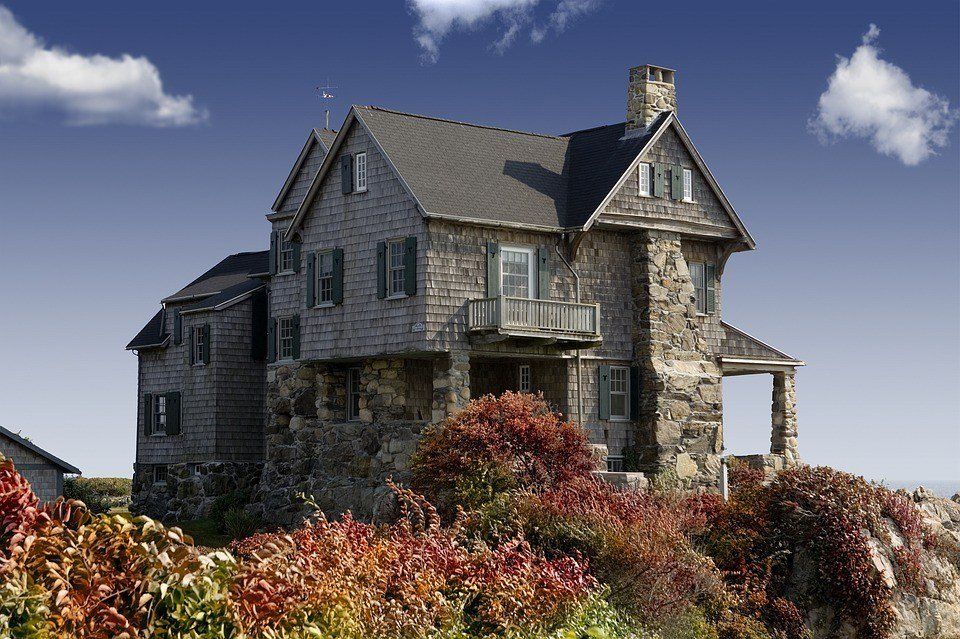
By Vicki Hafler
•
27 Feb, 2019
As a homeowner, you’re probably conditioned to expect that important components of your home are just plain going to fail at least once—and quite possibly multiple times—over the course of your “stay.” Hot water heater? Every 10 years. Furnace or central air conditioner? Maybe 15 years. Roof? Every 20, maybe 25 if you’re lucky. You might be pleasantly surprised to learn, then, that most insulation materials can remain in service quite a lot longer. In fact, manufacturers of various insulation types, including foam, fiberglass, cellulose, and house wrap frequently claim an expected product lifespan of 80 to 100 years … “under ideal circumstances.” Wait … hold up a second. “Under ideal circumstances”? What exactly does that mean? Well, here’s the thing. Insulation isn’t indestructible. Weather, humidity, pests, and even gravity can all take their toll. Roof leaks and water damage can cause mold and mildew to develop. Loose fills can settle and become compacted. Gaps can develop, which causes a drop in the R-value performance—and a corresponding increase in draftiness and heating and cooling costs. And as you might have guessed, not all insulation types resist the practical effects of time equally well. Fiberglass batting, the most common insulation type, is especially vulnerable to environmental hazards: It can fall out of attics and crawl spaces after just 15-20 years. It can settle and compact over time due to gravity. It doesn’t resist mold or mildew as well as foam. It can make an inviting home for burrowing pests. Now, if you live in a perfect world, where nothing ever leaks, pests avoid your home, and gravity … doesn’t exist inside walls? … then sure, maybe you can enjoy 80 years of high-quality insulation from your cheap fiberglass batting. But here in the real world, it’s pretty common to have to replace or upgrade portions of your fiberglass insulation after only 20 years or so due to physical damage, or simply because it just isn’t working as well as it needs to anymore. Fortunately, there’s a better option: spray foam . With this insulation technology, you won’t need nearly as much good fortune to actually get the decades and decades of quality performance promised by the manufacturer: Spray foam holds its shape over time. It won’t sag, compress, or fall out of place. Spray foam is a lot better at resisting water seepage, vapors, and mold and mildew growth. Closed cell foams are particularly good at this, but even open cell is much better than most common non-foam alternatives. Spray foam resists dust, dirt, and other contaminants, which can reduce the effectiveness of other types of insulation. Spray foam repels pests, from rodents to termites, so unwanted critters can’t compromise the energy efficiency of your home. When you insulate with spray foam, you can be confident that your home with remain comfortable in all seasons, and maintain a consistently high level of energy efficiency, for as long as you live there—and probably beyond. (Of course, you get lots of other benefits the other insulating materials can’t match , too!) If your home is feeling drafty, your heating bills are high, and you want an energy-efficient solution that will last and last and last, make sure you give RetroFoam of Southwest Michigan a call today for your free estimate! You can reach us at (269)751-2000 , or request your estimate online.
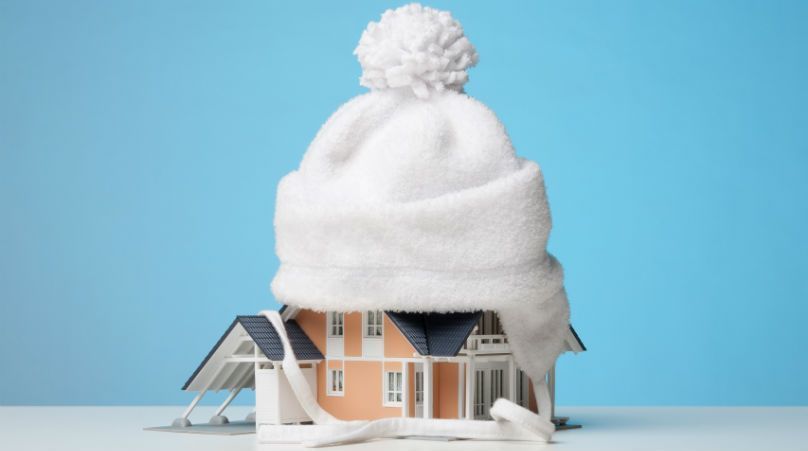
By Vicki Hafler
•
23 Jan, 2019
Planet earth. It’s the only home we have. And for that reason (and others!), more and more people are considering the environmental impact of their choices before making decisions about what to do or buy. Bringing reusable canvas bags to the grocery store to cut down on plastic bag waste. Switching to paperless billing for your utilities. Using higher-efficiency electric bulbs in your home. In ways both large and small, making eco-friendly lifestyle choices can cut back on pollution and waste, promote cleaner air and water, and protect the big planet that we all call home. And yes, insulating your home is another way you can help protect the earth. Home insulation in general—and foam insulation in particular—are great choices for those who are environmentally conscious.
PO Box 254 Hamilton, MI 49419 | (269) 751-2000
| retroswmi@gmail.com
PO Box 254 Hamilton, MI 49419
- Mon - Fri
- -
- Sat - Sun
- Closed
Closed on Saturday, Sunday and all major holidays
Content, including images, displayed on this website is protected by copyright laws. Downloading, republication, retransmission or reproduction of content on this website is strictly prohibited. Terms of Use
| Privacy Policy
